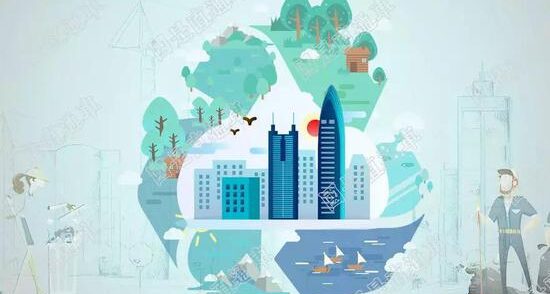MEE | “Waste Free City” Construction Plan During The 14th Five-Year Plan Period
Recently, the Ministry of Ecology and Environment formulated the “Waste-Free City” Construction Plan During the 14th Five-Year Plan Period.
Here is a summary.
100 cities
During the 14th Five-Year Plan period, around 100 cities are targeted for the construction of “waste-free cities”, and they aim to achieve the following goals by 2025.
The intensity of solid waste production decreased rapidly
Comprehensive utilization will be significantly improved
Guarantee of harmless disposal capacity
The synergistic effect of reducing pollution and carbon dioxide will be fully brought into play
Realizing “a network” of solid waste Management Information
The concept of “Waste-free” will be widely accepted
The solid waste treatment system and capacity will be significantly improved
2 “combined”
Combined with deepening the battle against pollution
Combined with the state’s strategy on carbon reduction
3 steps
Step 1: The state will show the list of cities
Step 2: The cities will carry out the plans
Step 3: Gradually construct the “waste-free cities”
5 indicators
The construction system for the “waste-free cities” includes 5 first-level indicators, 17 second-level indicators, and 58 third-level indicators.
5 first-level indicators include Solid waste at source reduction, resource utilization, final disposal, guarantee capacity, people’s sense of gain.
7 tasks
- scientifically formulate implementation plans and strengthen the guidance of top-level design
Strengthen planning consistency
-Establish an evaluation mechanism
-Strengthen infrastructure support - Accelerate the green and low-carbon development of industry and reduce the pressure on the disposal of industrial solid waste
-Construction of “Waste Free Mining Area” “Waste Free Park” “Waste-Free Factory”
-We will strengthen the comprehensive utilization of industrial solid waste
-Standardize the storage and disposal of industrial solid waste - Promote green and low-carbon development in agriculture and rural areas, and improve the comprehensive utilization of major agricultural wastes
-Develop ecological planting and breeding
-Establish an agricultural circular economy model
-Strengthen the recycling and utilization of livestock and poultry manure, straw, agricultural film, and pesticide packaging - We will promote green and low-carbon lifestyles, and reduce and recycle solid waste from the household
-Advocate the concept of “no waste”
-Deepen garbage classification
-Establish a recycling system for waste materials
-Promote whole-chain treatment of plastic pollution
-Promote municipal sludge source reduction and resource utilization - Strengthen whole-process management and promote the comprehensive utilization of construction waste
-Develop energy-efficient and low-carbon buildings
-Promote green and low-carbon building materials
-Promote the recycling of building materials - Strengthen supervision and utilize the disposal capacity to effectively prevent and control environmental risks of hazardous waste
-Strengthen standardized management of hazardous waste
-Explore ways to keep risks under control while utilizing
-Enhance the basic support capacity for centralized disposal - Strengthen institutional, technological, market, and regulatory systems to comprehensively improve the support capacity
-Improve the system of accountability lists, statistics, and information disclosure
-Strengthen the research, development, and application of advanced technologies and the formulation of standards
-Improve the market mechanism
-Strengthen management measures such as digitalization and giving sewage discharge permits
Source: MEE


